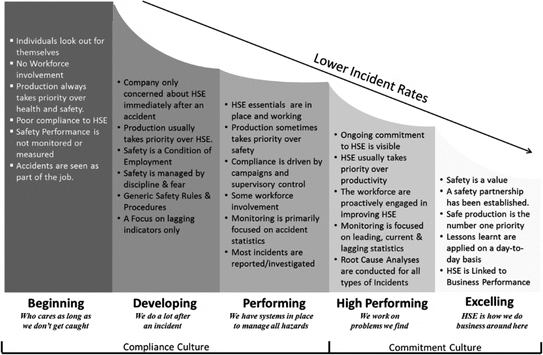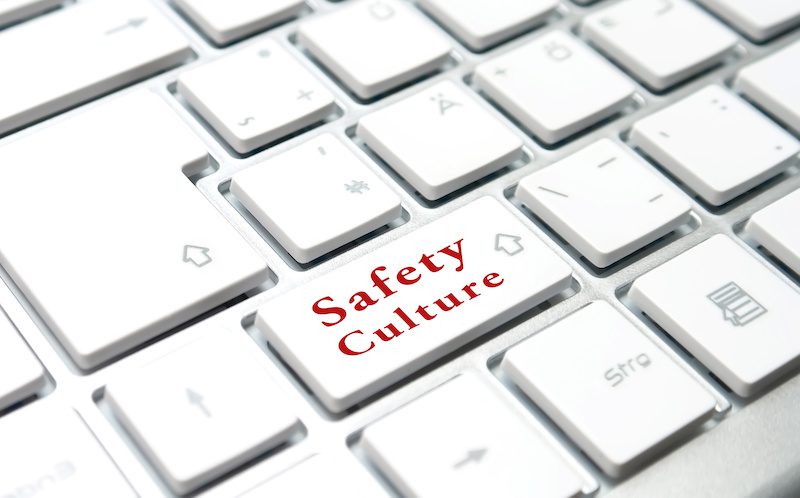Hale’s (2000) “elements for a good culture for safety” In a Safety Science editorial titled ‘Culture’s confusions,’ Hale (2000) offered the
following list of eight “elements for a good culture for safety:”

- The importance which is given by all employees, but particularly top managers to safety as a goal, alongside and in unavoidable conflict with other organisational goals; e.g. whether actions favouring safety are sanctioned and rewarded even if they cost time, money or other scarce resources.
- Which aspects of safety in the broadest sense of the word are included in that concept, and how the priority is given to and felt between the different aspects.
- The involvement felt by all parties in the organisation in the process of defining, prioritising and controlling risk; the sense of shared purpose in safety.
- The creative mistrust which people have in the risk control system, which means that they are always expecting new problems, or old ones in new guises and are never convinced that the safety culture or performance is ideal. If you think you have a perfect safety culture, that proves that you have not. This means that there must be an explicit provision for whistleblowers. A role for health and safety staff in very good organisations may be as a professional group constantly questioning and seeking the weak points in the prevailing culture.
- The caring trust which all parties have in each other, that each will do their own part, but that each (including yourself) needs a watchful eye and helping hand to cope with the inevitable slips and blunders which can always be made. This leads to overlapping and shared responsibility.
- The openness in communication to talk about failures as learning experiences and to imagine and share new dangers, which leads to the reflexivity about the working of the whole risk control system. If coupled with a willingness only to blame in the case of unusual thoughtlessness or recklessness, this can drive a responsible learning culture.
- The belief that causes for incidents and opportunities for safety improvements should be sought not just in individual behaviour, but in the interaction of many causal factors. Hence the belief that solutions and safety improvement can be sought in many places and be expected from many people.
- The integration of safety thinking and action into all aspects of work practice, so that it is seen as an inseparable, but explicit part of the organisation (pp. 12-13)
Note: The information contained in this post sourced from Organisational Culture: A Search for Meaning Core Body of Knowledge for the Generalist OHS Professional, Second Edition, 2019. Information was first published by Dr David Borys, an Independent safety educator and researcher.
Inset Image: Cooper M.D. 2018 ‘Adaptation of the British health and safety executive’s (2011) safety culture maturity model’
READ MORE ARTICLES ON SAFETY CULTURE
References
Cooper M.D. (2018) The Safety Culture Construct: Theory and Practice. In: Gilbert C., Journé B., Laroche H., Bieder C. (eds) Safety Cultures, Safety Models. SpringerBriefs in Applied Sciences and Technology. Springer, Cham
Hale, A. R. (2000). Culture’s confusions. Safety Science, 34, 1-14.














Add Comment